Daan van der Leij | CRCS UGM | November 2021 | vi + 70 pages
FOREWORD
THE discourse on religion and ecology is growing rapidly for the last two decades. There are at least two main issues in this thriving discourse: first, the responsibility of religion to the environmental crisis; second, how religion or religious instituion respond or play a role in overcoming the ecological crisis. In the context of Indonesia, the role of religion in overcoming the environmental crisis is vital. Not only because of Indonesia’s environmental conditions that are prone to ecological disasters, but also the role of religious institutions that are so influential in this country. Religion occupies a central topic within the public debates in Indonesia, environmental challenges in Indonesia is no exception. Many religious leaders are for instance involved with protecting their environment. This response could be considered as a form of responsibility towards preservation of nature and the environment.
The literature review conducted by Daan is written in this context, namely how religion and interreligious dialogue in Indonesia respond to the ecological crisis surround it. Daan describes the basic scientific concepts of ecology as it relates to social and cultural theory. This concept is a framework for seeing how ecological issues become the main issue in interreligious relations or dialogue in Indonesia. For extend, the framework help us to have better understanding on how religious values can be relevant to advocate against the current environmental issues in Indonesia.
Furthermore, through reading many literatures and news reports, Daan investigates more deeply about the various programs and activities carried out by religious organizations in Indonesia, including indigenous religions: What and how do these religious institutions initiate, either individually or in inter-institutional cooperation, in responding to Indonesia’s ecological conditions? In fact, the issue of ecology has sparked many parties to discuss further in the practical level. For example, Daan pointed out that several enterprises, government, educational institution, as well as NGO have also been actively involved in this issue.
This work is an important contribution to academics, especially in the field of religious studies, as well as practitioners of ecology. On the one hand, this book can be used as material in exploring the area of religious and ecological studies in the study of interreligious dialogue. Moreover, this book might becomes a basis for designing an ecological program that is linked to religion.
October 2021
CRCS UGM
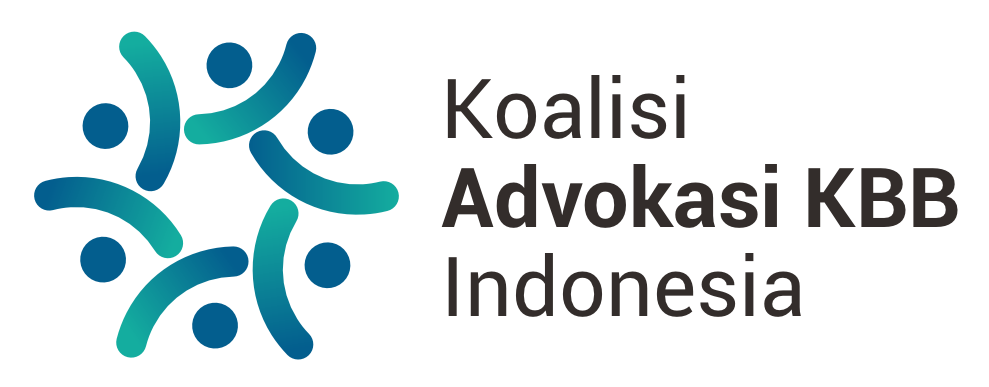
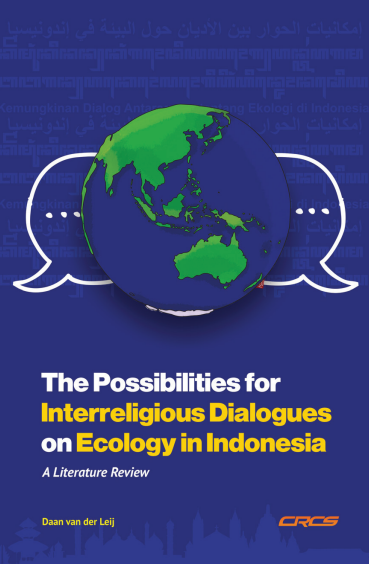

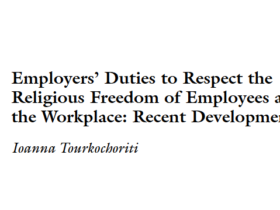

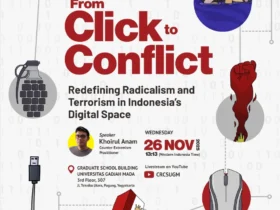
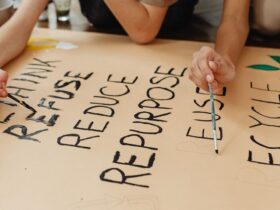
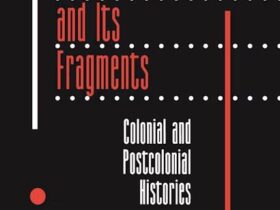

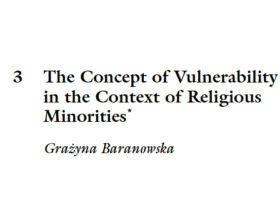
Leave a Reply